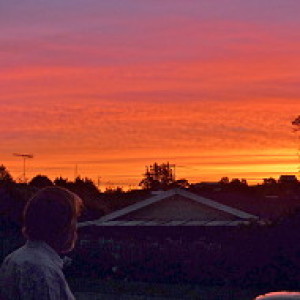Beyond the pale
Meaning:
Outside agreed standards of decency; unacceptable
Origin:
Based on pale as a noun meaning a stake or pointed piece of wood, especially in a fence. Even flat fencing boards are now called fence palings in New Zealand. A paling fence (one made of pointed sticks achieved legal significance, especially in Ireland, when the area inside such an enclosing fence was termed a pale. This applied initially to the area around a church, and enclosed by such a fence. Unacceptable persons had to be buried beyond the pale. Further extension of the concept of "the pale" resulted in a figurative meaning of pale; that area which, whether or not enclosed, was regarded as safe, or as home. Thereby beyond the pale became applied to persons and behaviour offensive to those who are "decent citizens".
The first printed reference appears to have been in John Harrington's 1657 lyric poem, TheHistory of Polindor and Flostella. In this poem, Ortheris withdraws with his beloved to a country lodge, and then "Both Dove-like roved forth beyond the pale to planted Myrtle-walk". They were set upon by armed men with 'many a dire killing thrust'. Thus encapsulating the reason that decent folk do not venture beyond the pale.
Photo:
Taken from the top of one of Auckland Hospital's two car parks. The rising sun is hardly pale.

Comments
Sign in or get an account to comment.


